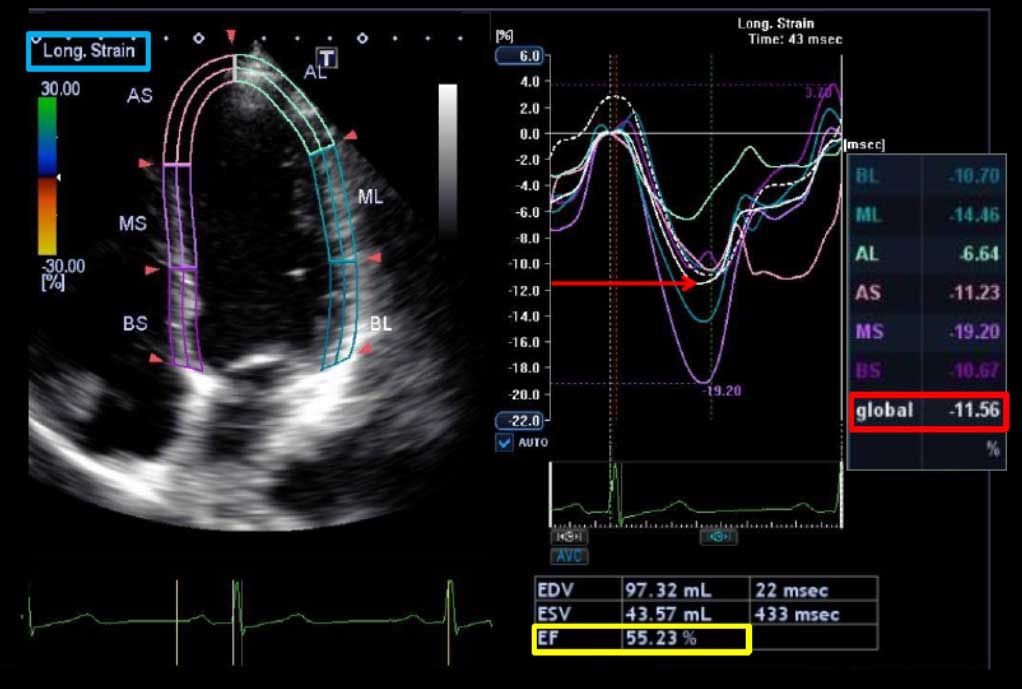Cardiac Resynchronization Therapy (CRT)
Cardiac Resynchronization Therapy (CRT)
Cardiac resynchronization therapy (CRT) is a device-based therapy for patients with damaged heart muscles, electrical timing abnormalities, and symptomatic heart failure.
Also known as biventricular pacing (bi-V pacing), CRT can be accomplished with either a pacemaker or an ICD (see pacemaker and ICD sections for further details on these procedures).
CRT is essentially a pacemaker or ICD with an extra, or third, wire or lead. The lead is placed in a very strategic place – inside a vein called the coronary sinus. Because the coronary sinus overlies the left ventricle (LV), pacing of the left ventricle can be accomplished. Ordinary pacemakers and ICDs can only pace the right ventricle (RV) and right atrium (RA). With both right and left ventricular leads, though, CRT can “resynchronize” the heart – helping to make it beat more efficiently and stronger. A large proportion of CRT patients find that they have reduced breathlessness and more stamina. There is also evidence that CRT reduces hospitalizations and prolongs life.
Who should have a CRT pacemaker or ICD?
Patients who have significant shortness of breath and exercise limitations, heart muscle damage, and evidence of electrical “dysynchrony” on their ECG are potential candidates for this therapy. You should discuss your particular situation with your doctor to see if CRT therapy is right for you.


